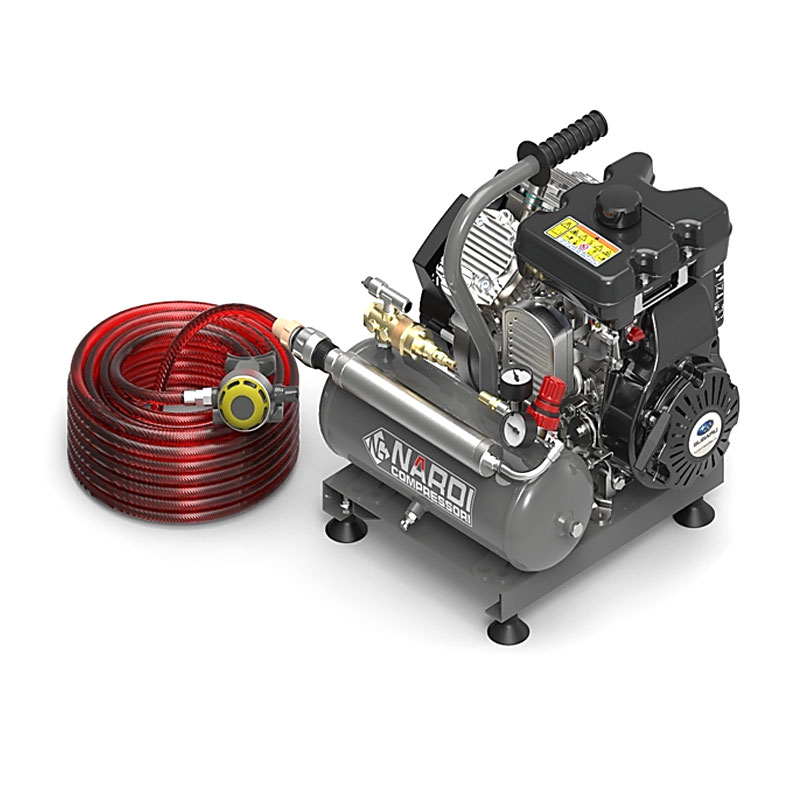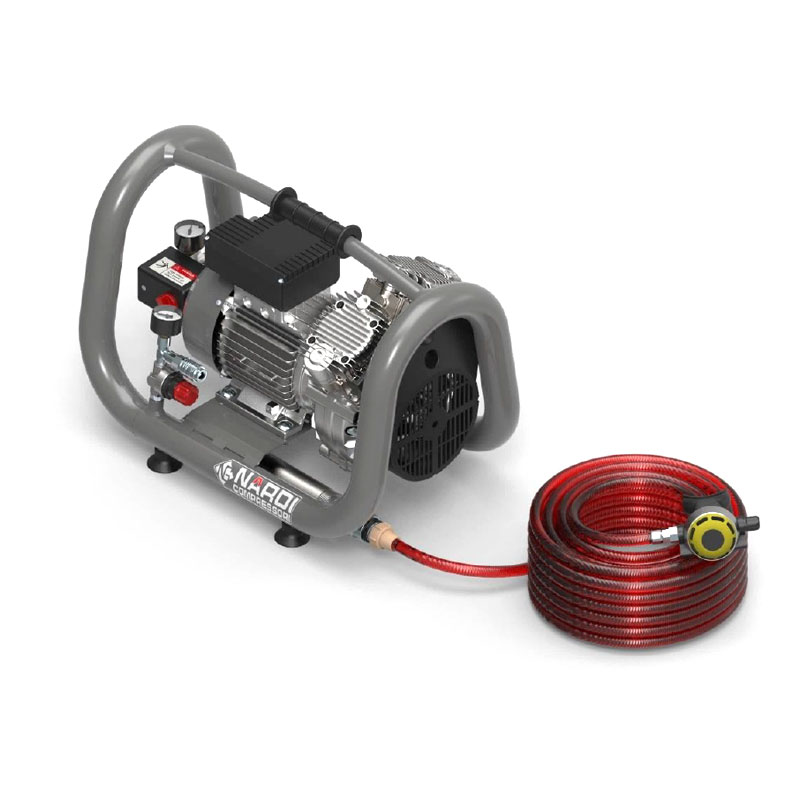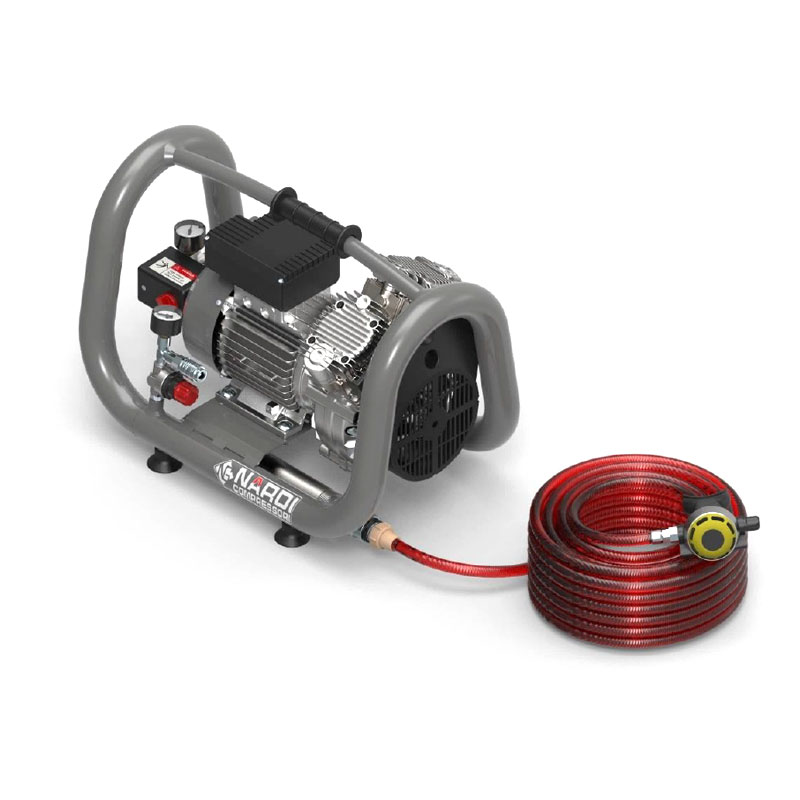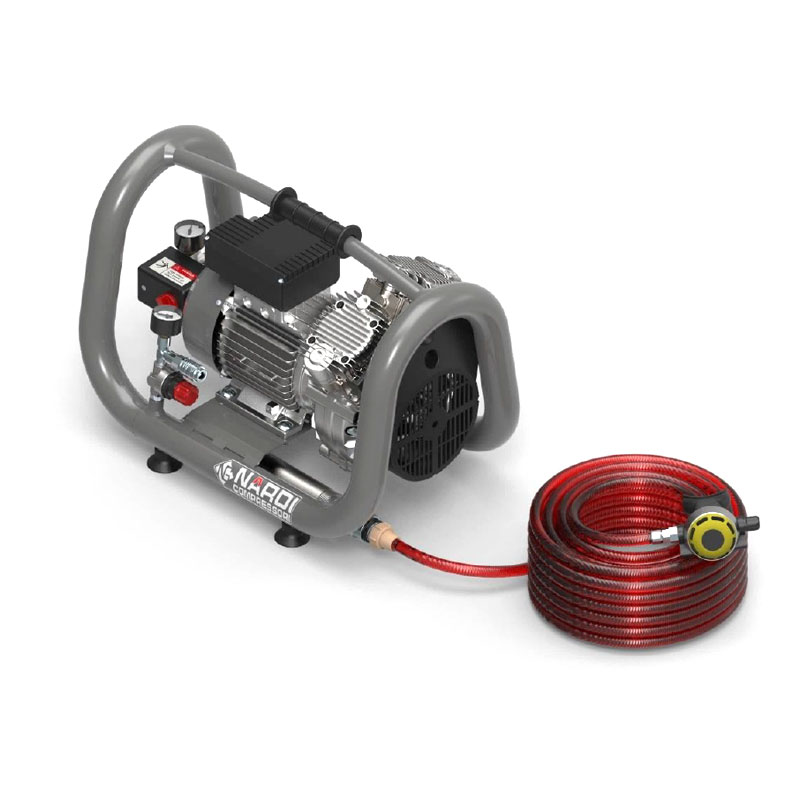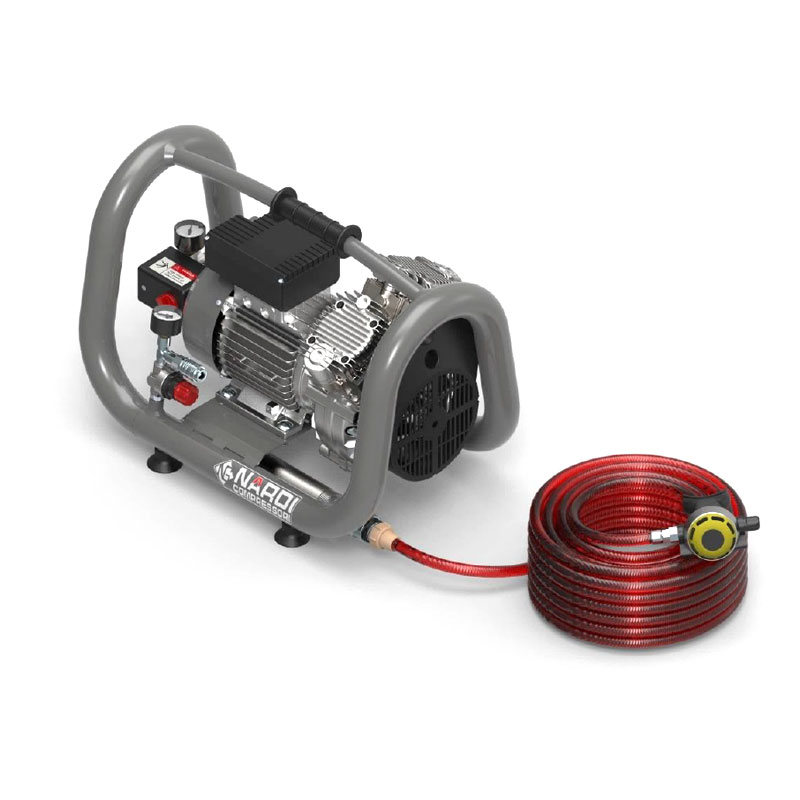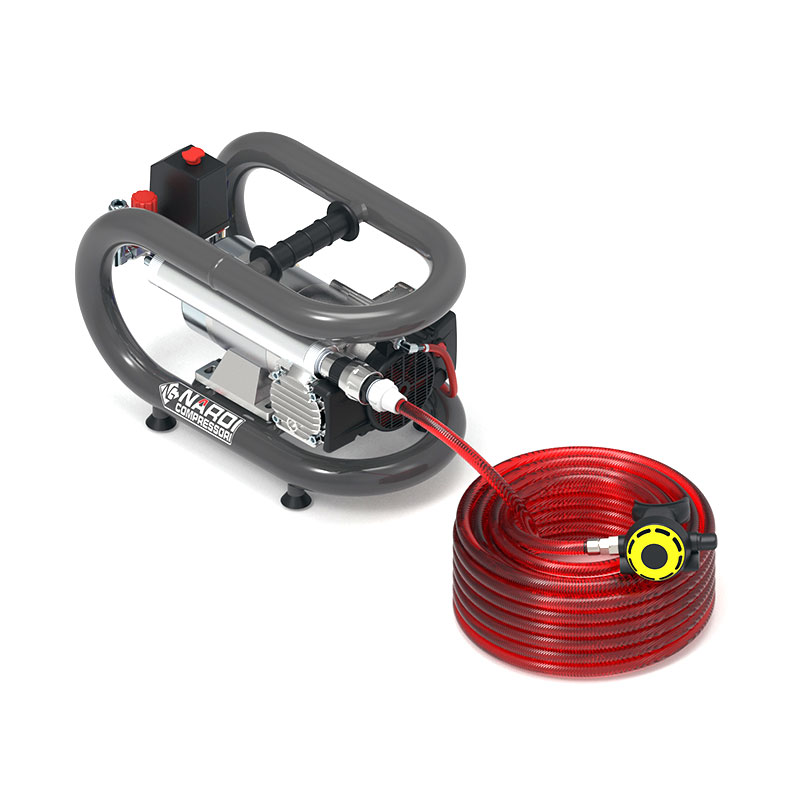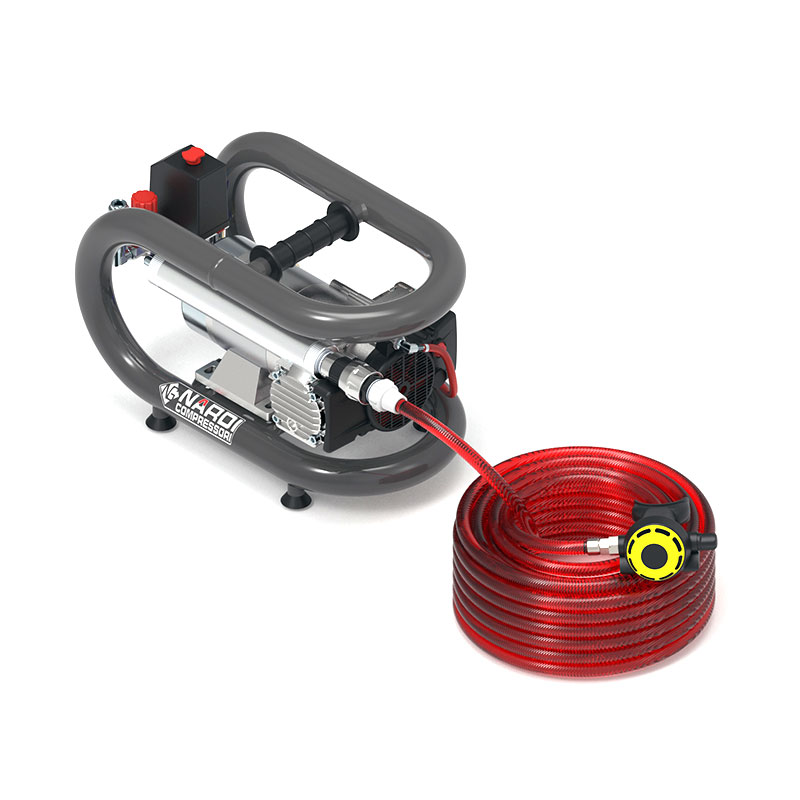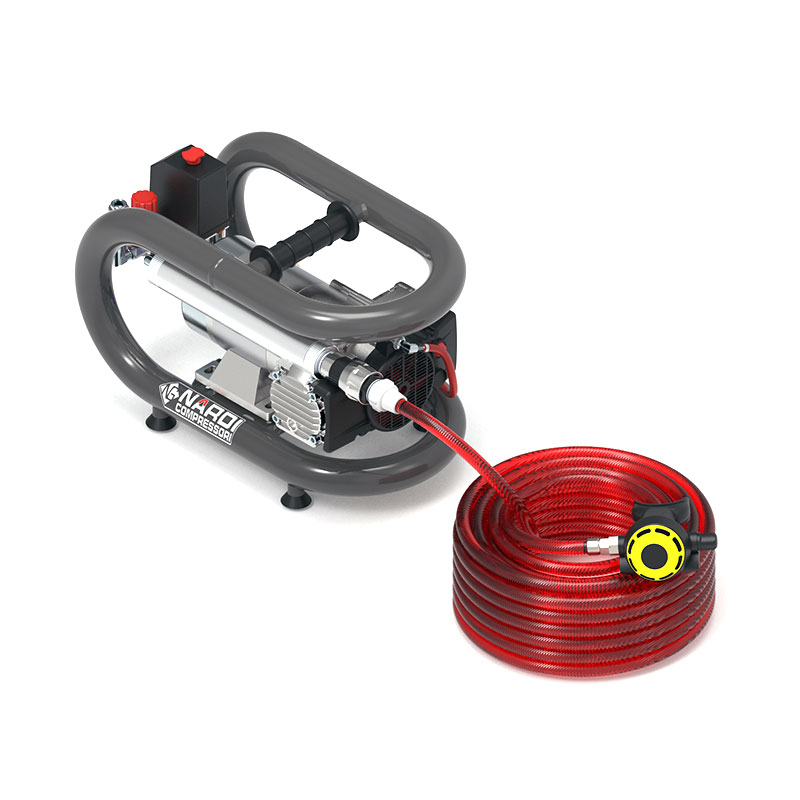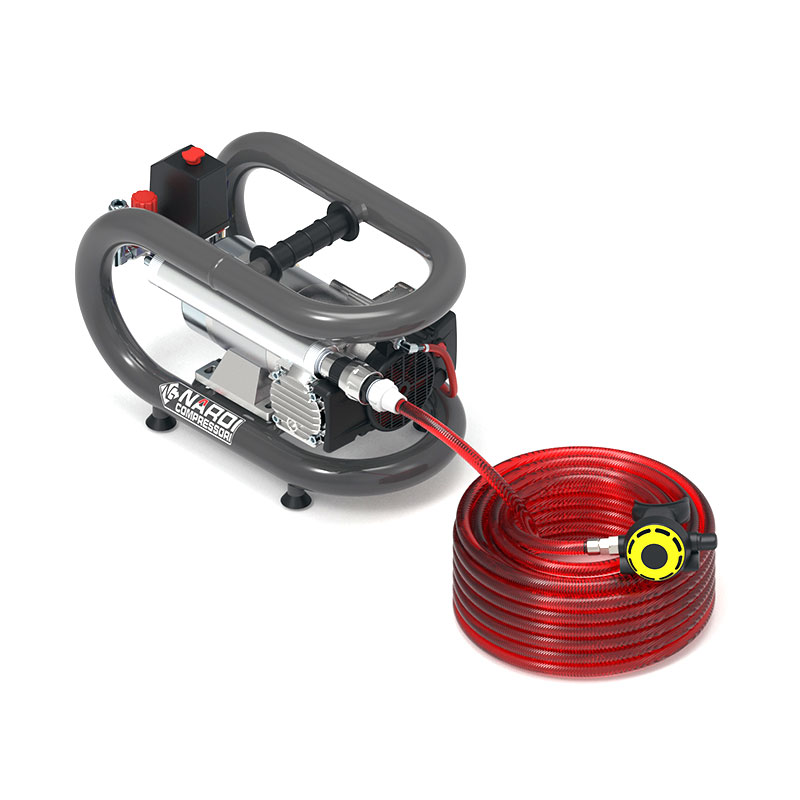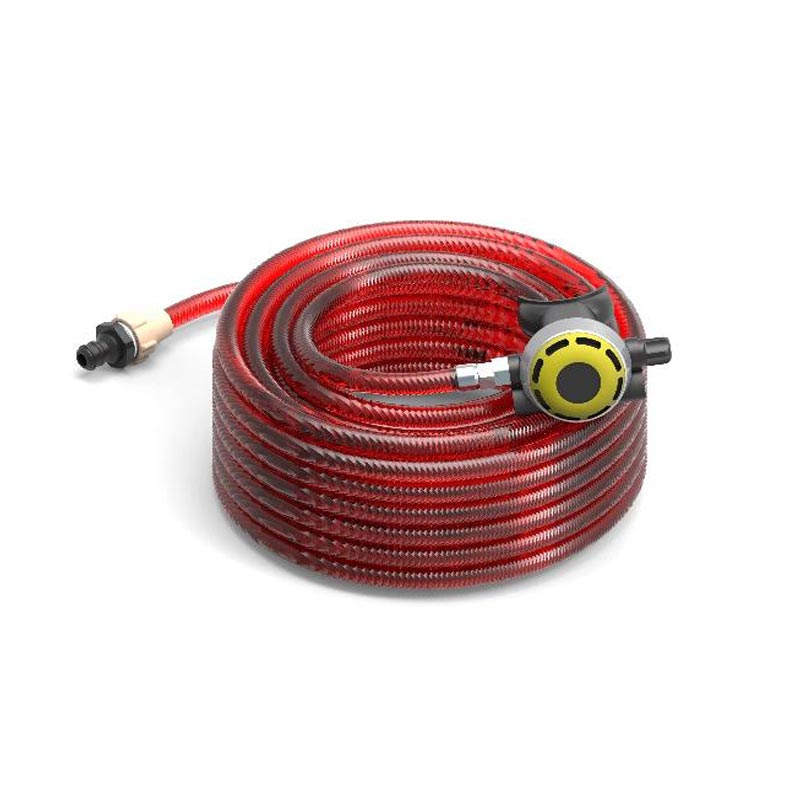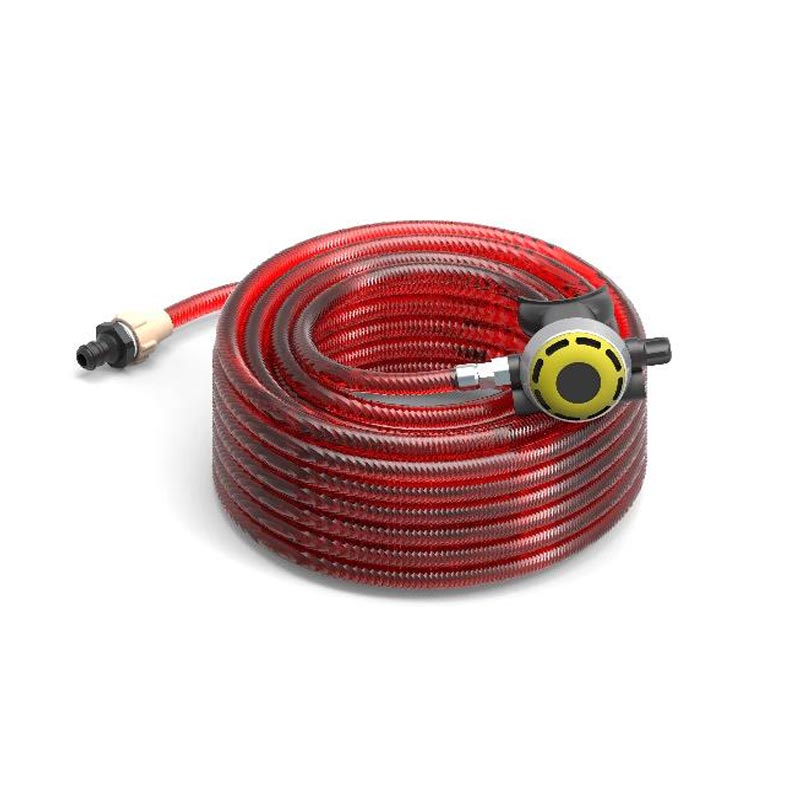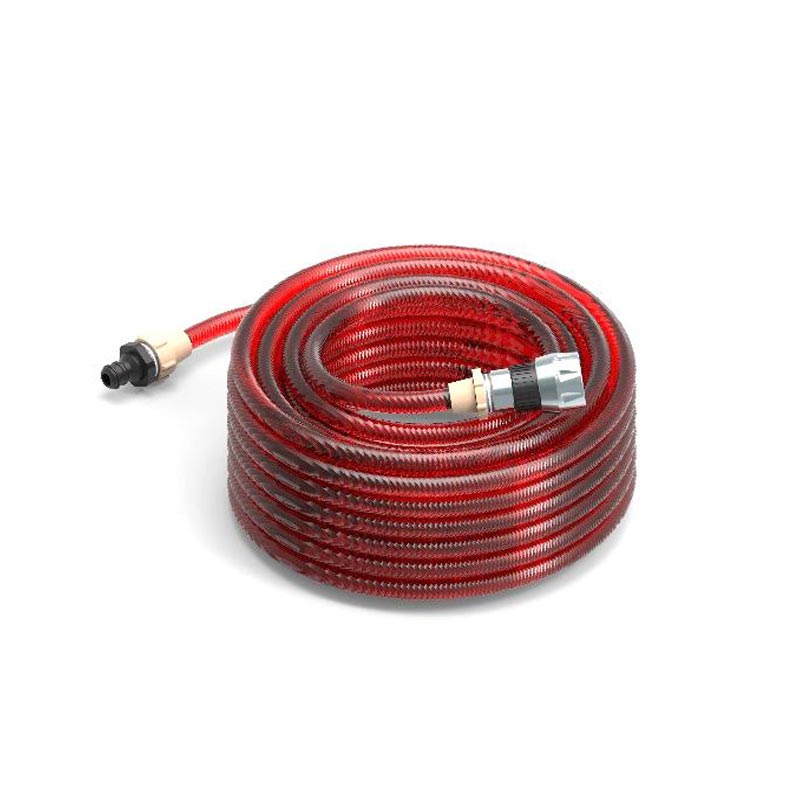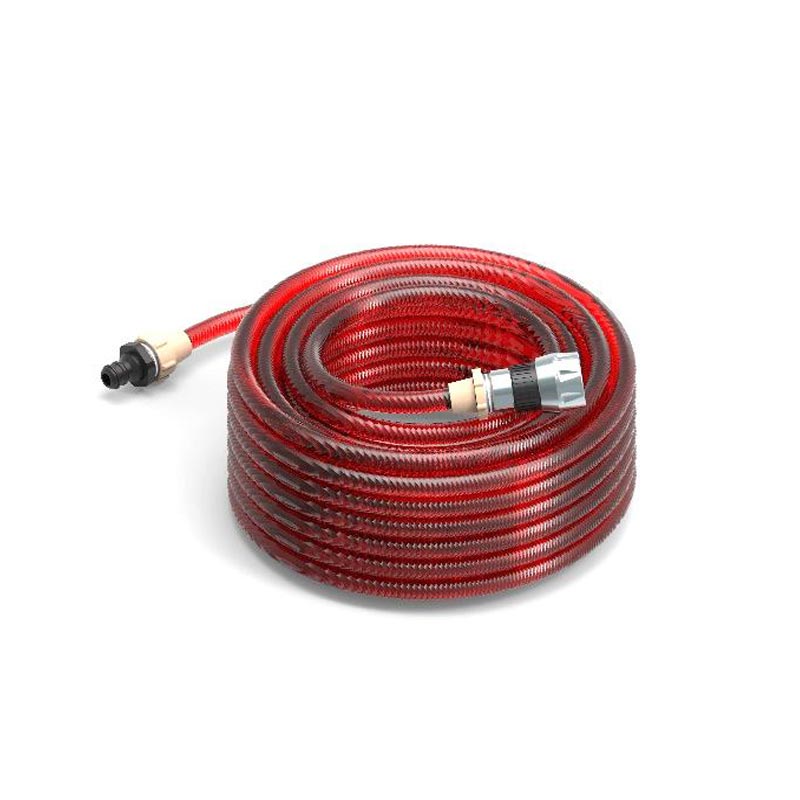Hookah
Nuvair now sells hookah systems! Much of the diving industry refers to hookah systems as “surface supply diving systems,” which they technically are, but we like to draw a hard line between “hookah systems” and “surface supply systems.”
HOOKAH SYSTEM
Here at Nuvair, a "hookah" is an affordable, lightweight, and portable device powered by a gas engine or electric motor that is used to supply air to divers for recreational or limited commercial purposes.
Divers Alert Network (DAN) has a great piece on what hookahs are all about. Read the article “Hooked on Hookah Diving” by George Anderson at https://dan.org/alert-diver/article/hooked-on-hookah-diving/.
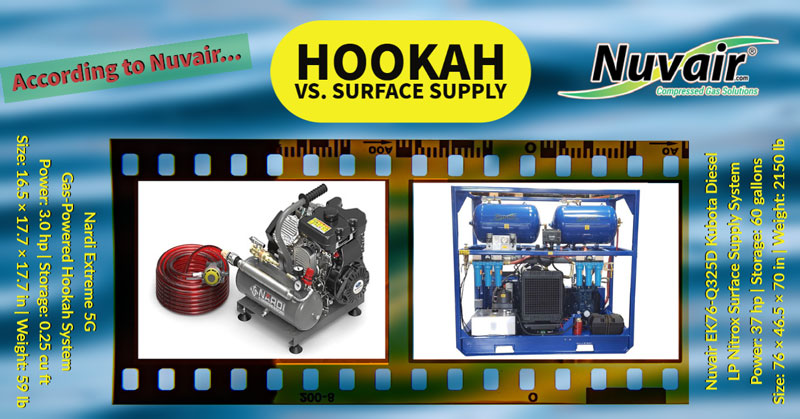
SURFACE SUPPLY SYSTEM
Since we design, fabricate, and sell professional-grade surface supply systems for use worldwide, we define a “surface supply system” as any system that is not a hookah system. While surface supply systems can be used by recreational divers, they are generally used for commercial purposes (including offshore operations), can support multiple divers, can generate enriched air nitrox, are heavy (some weigh over a ton!), and are expensive.
Nuvair manufactures a wide range of surface supply systems including the pictured Nuvair EK76-Q325D Kubota Diesel Low-Pressure Nitrox Surface Supply System (SKU 7069DKU-EK76-325). Our smaller surface supply systems include the Bamax Twin Tank Industrial Compressor Series (SKU BAMAX-TWINS). Click here to view the entire line of Nuvair Surface Supply compressors.
BREATHING GAS NEEDS: HOW MUCH AIR IS REQUIRED TO VENTILATE LUNGS?
When shopping for a recreational hookah, it is important to understand what the air demand on the hookah will be. Can a hookah reliably support one diver at depth, or can two divers be supported simultaneously at the hookah's recommended Maximum Operating Depth? Based upon data provided by Divers Alert Network (DAN), the below chart provides average air requirements for one (1) diver under differing workloads and at various seawater depths.
| DEPTH | AVERAGE BREATHING GAS NEEDS | ||
| Sea Water | At Rest | Light to Moderate Activity | Vigorous Exercise |
| 0 feet (Surface) | 8 L/min (0.28 CFM) |
20 L/min (0.7 CFM) |
70 L/min (2.5 CFM) |
| 16 feet (5m) | 12 L/min (0.42 CFM) |
30 L/min (1.1 CFM) |
105 L/min (3.7 CFM |
| 33 feet (10m) | 16 L/min (0.56 CFM) |
40 L/min (1.4 CFM) |
140 L/min (4.9 CFM) |
| 49 feet (15m) | 20 L/min (0.7 CFM) |
50 L/min (1.8 CFM) |
175 L/min (6.2 CFM) |
| 66 feet (20m) | 24 L/min (0.85 CFM) |
60 L/min (2.1 CFM) |
210 L/min (7.4 CFM) |
Hookah Diving Safety Warnings
- Diving Poses Risks at Any Depth. This diving hookah should ONLY be operated by individuals with proper training. If you lack suitable training, complete an accredited diving course before using this equipment.
- Do Not Rely Exclusively on This Diving Hookah for Air While Diving. While it provides an excellent primary air source, diving hookahs are mechanical devices that can fail unexpectedly due to equipment malfunctions, power interruptions, or air supply disruptions.
- Always Dive with a Backup Air Source. A “Bailout Bottle” or “Pony Bottle,” with an integrated regulator, is an ideal secondary air supply. Ensure any backup air source is appropriately sized to allow for a controlled ascent to the surface.
- Contaminated Air Supply. The breathing air supplied by this diving hookah is only as safe as the air that it takes in. Always monitor air quality where the diving hookah is positioned. Avoid placing it near boat engines, generators, fuel sources, or batteries, as these can contaminate the air.
- Carbon Monoxide. This diving hookah does not produce carbon monoxide on its own, but if there is any chance of carbon monoxide (CO) entering the hookah air intake, do one or more of the following: (a) Reposition the hookah, (b) Turn off any gasoline- or diesel-powered machinery in the area, (c) Install a breathing air filter rated for use with gasoline-power diving hookahs, (d) Use a CO analyzer to monitor diver air supply and/or (e) Do not dive.
- Airflow. Proper cooling of the diving hookah depends on adequate airflow. Ensure there is sufficient space around the hookah to allow airflow for motor and compressor cooling. Do not use in closed environments with a limited circulation of air.
- Maintenance Procedures. Before performing any maintenance, make sure the diving hookah is powered off, disconnected from its power source, and fully depressurized. Allow the diving hookah to cool to room temperature before starting any maintenance tasks.

- Nardi Extreme 3 Hookah · 12V/800W · 9.1 CFM Intake · 7L Tank EXN3B078W00120CG1600$2,182.00
- Nardi Extreme 3 Hookah · 24V/800W · 9.8 CFM Intake · 7L Tank EXN3B078W00240CG1600$2,183.00
- Nardi Extreme Hookah 5G 70 · 3.0HP Gas · 13.4 CFM Intake · 7L Tank EXN5G073070000GG1600$2,101.00
- Nardi Extreme Hookah 3T · 230V/2HP · 12.4 CFM Intake · 5L Tank EXN3T042042306MG1600$1,592.00
- Nardi Extreme Hookah 3T 1.5HP · 110V/60Hz · 8.5 CFM Intake · 5L Tank EXN3T041541106MG1600$1,371.70
- Nardi Esprit Hookah 3T · 12V/600W · 7.9 CFM Intake · 3L Tank ESN3T036W00120CG1600$1,779.00
- Nardi Esprit Hookah 3T 60 24V · 24V/500W · 7.9 CFM Intake · 3L Tank ESN3T035W00240CG1600$1,779.00
- Nardi Esprit Hookah 3T 60 12V · 12V/500W · 6.4 CFM Intake · 3L Tank ESN3T035W00120CG1600$1,556.00
- Nardi Esprit Hookah 3T · 110V/.75HP · 7.4 CFM Intake · 3L Tank ESN3T030721107MG1600$1,173.00
- Nardi 17m (55.8') Hookah Hose with Regulator AC036-111$355.04
- Nardi 17m (55.8') Hookah Extension Hose AC036-112$246.40
- Nardi T-Coupling for Dual Hookah Hoses AC036-113$118.72





